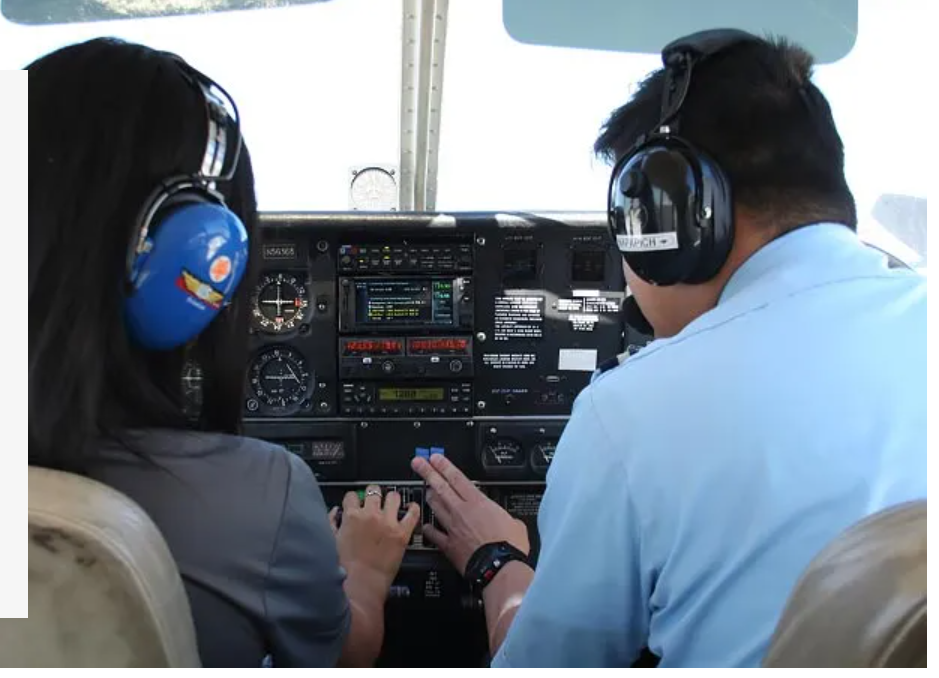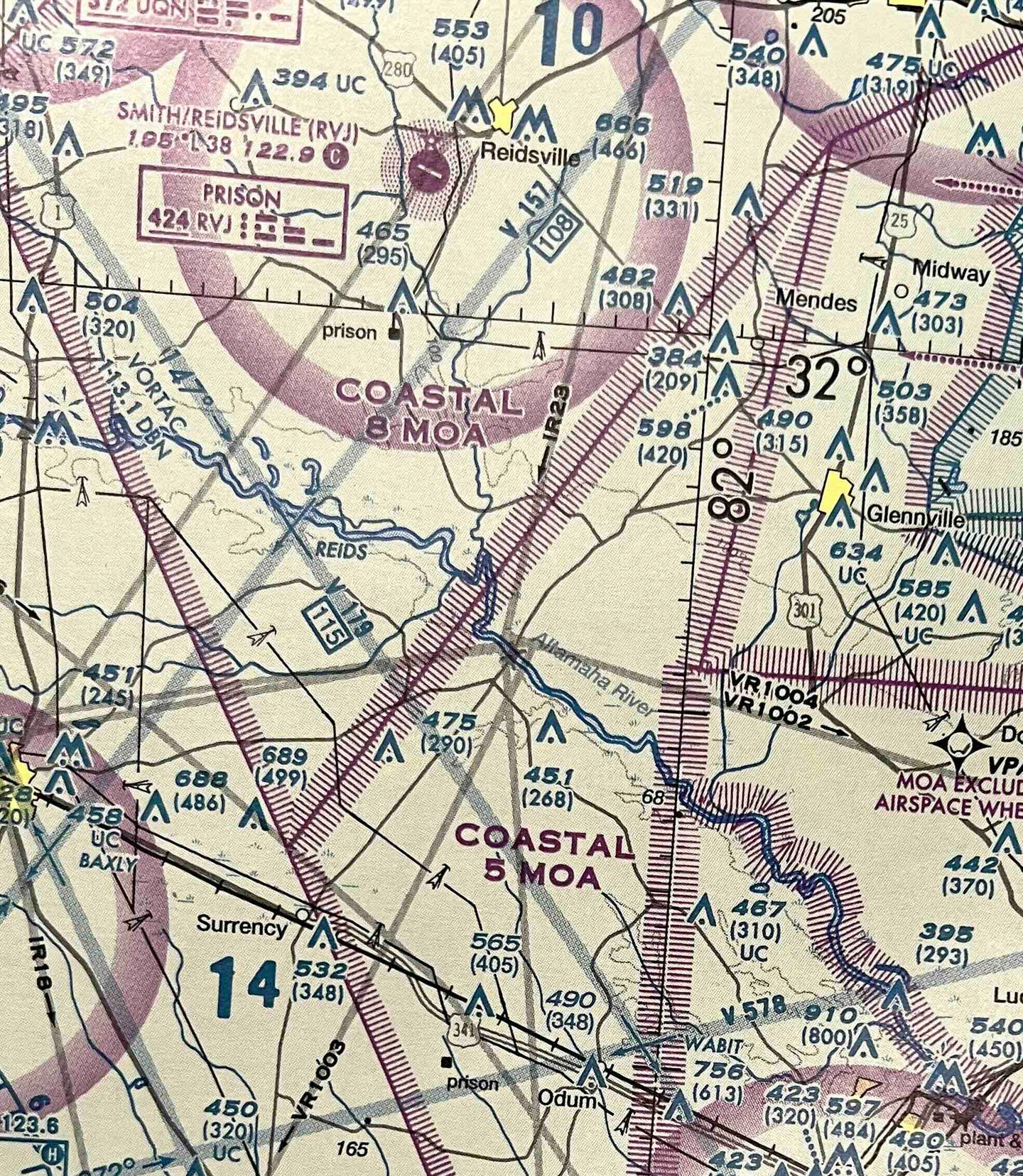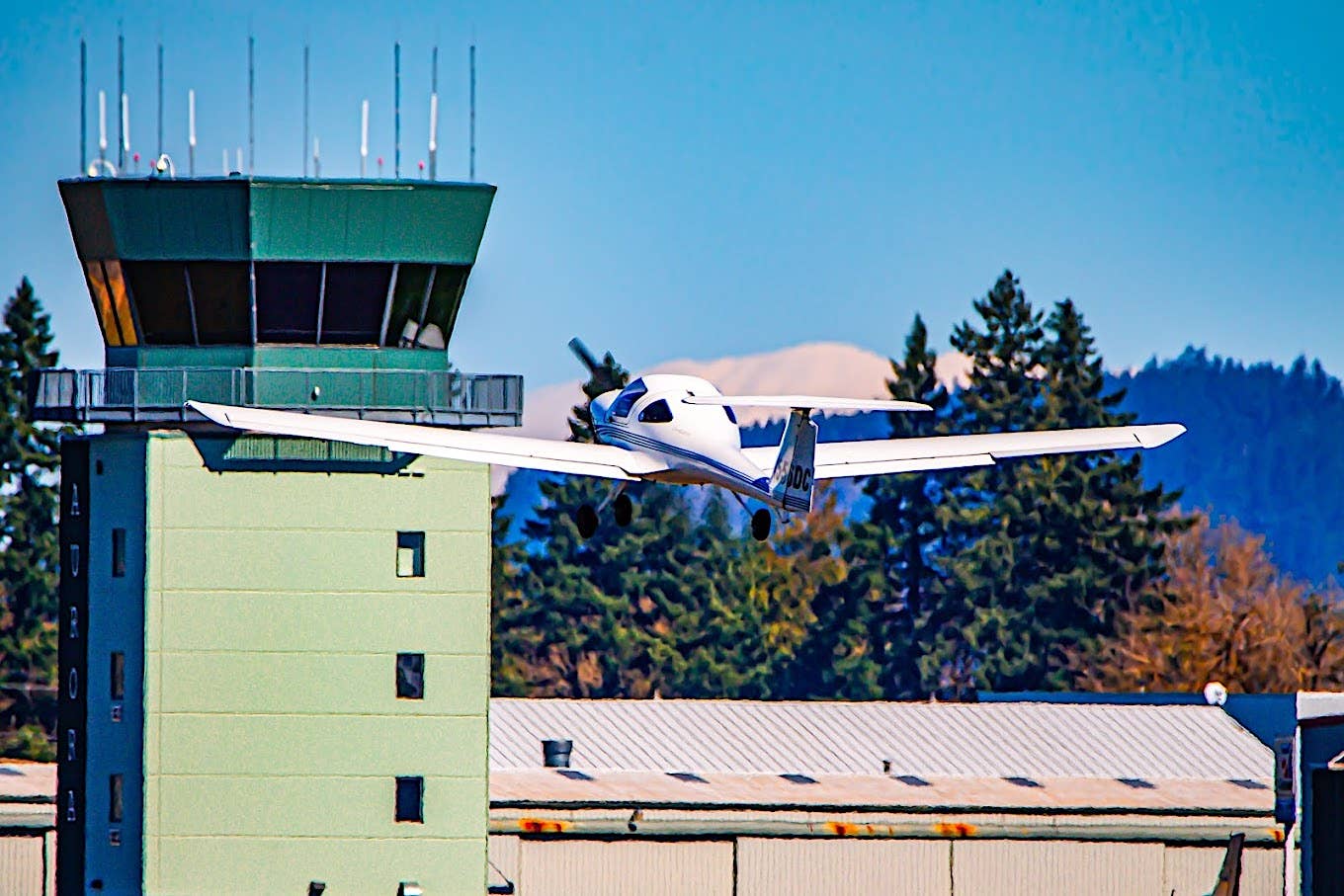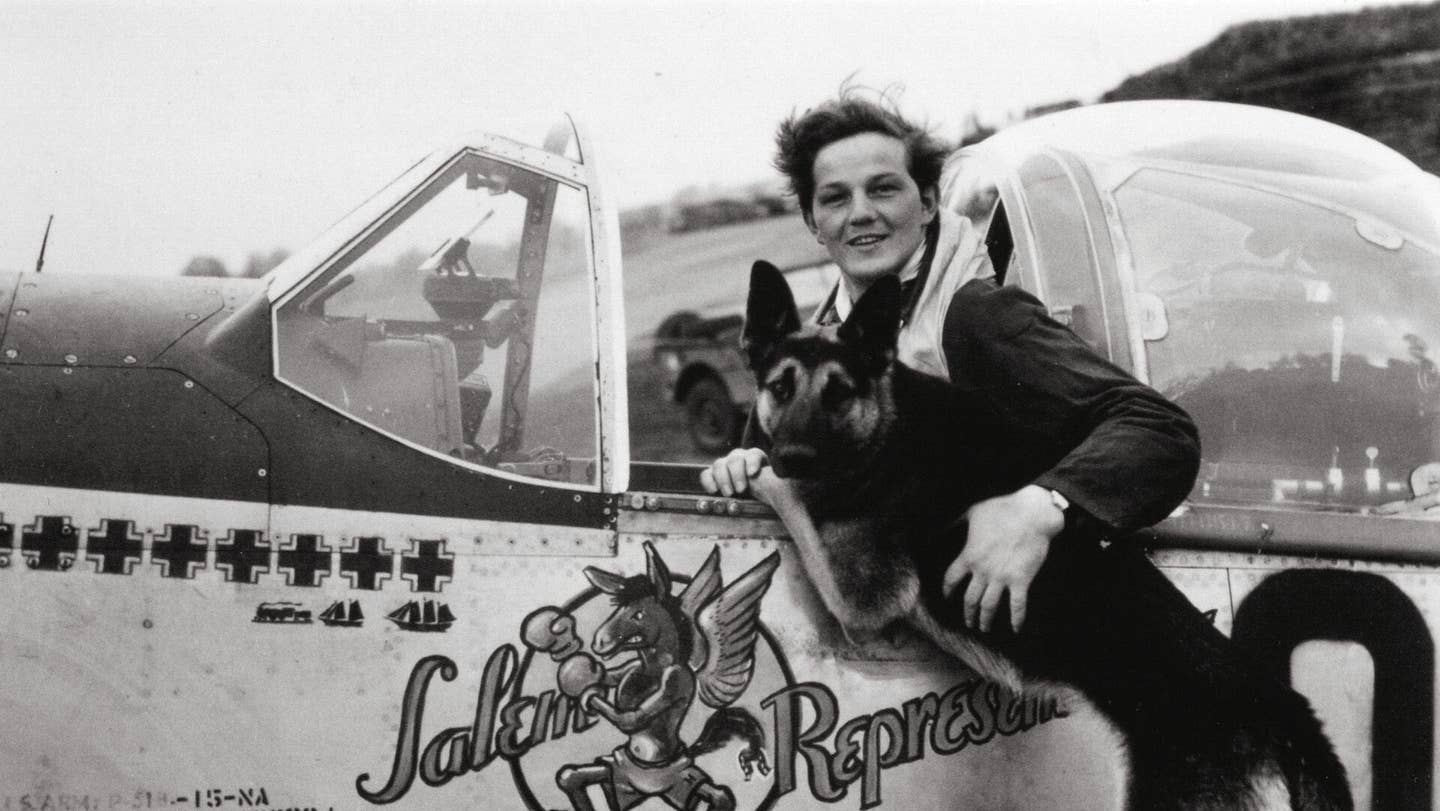Top Letters And Comments, July 15, 2022
This week’s letters brought comments from readers about semi-autonomous aircraft, hydrogen as fuel and using a checklist for preflight.
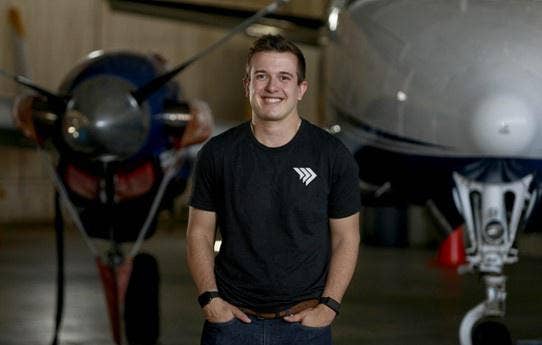
Air Force Looking At Semi-Autonomous Hercs
Early elevators in buildings required elevator operators using multiple levers to ‘drive’ the elevator car to the correct floor, match the floor height, and open doors in the right sequence. Later, pushbutton elevators were invented that did all those functions automatically. But the general public was distrustful of this newfangled technology and resisted riding on elevators without an operator for many years.
Until the elevator operators went on strike.
Very quickly, people chose automation over inconvenience. Pushbutton elevators rapidly took over. In NYC, the few remaining elevator operators are either driving older freight elevators, or performing a largely ceremonial role.
While there is a large technological gulf between elevators and airplanes (or even automobiles), I find many of the same themes playing out as automation becomes more and more capable.
Kirk W.
My father helped program the F18 ACLS for aircraft carriers. The Navy guys didn’t want to let go of the controls… they had to get Marines to do the testing.
I can see the same thing here until pilots get comfortable the plane will not try to kill them. It is this way with all new tech.
As a child in the 60s, I was brought into the Atlanta ARTCC by my father. It was smoke filled, with chain smoking controllers punching the keyboards as they stared at the screen with a cursor sweep going around. I was then led to a room where airplanes were being pushed around on a table. People were on headsets listening and moving the planes with sticks. I asked what are these guys doing… they were tracking planes in case the radars go down. Yes, the controllers didn’t trust the new computerized radar system. But, that was the 60s.
About 20 years later, I was working on those ATC systems as a technician… and controller smoking was what caused most of the failures. Now they cannot live without the modernized computer controlled ATC systems… how things change.
Richard G.
Inverter Lockout Cited In ZeroAvia Hydrogen Test Bed Accident
It is interesting that so many people seem to be afraid of hydrogen, but think nothing of riding around with many gallons of an equally flammable liquid in their cars and airplanes. From a safety standpoint, hydrogen is actually safer than gasoline. It burns with a low-luminosity flame that emits little radiant heat. Being much lighter than air, any that is spilled or leaks out will quickly rise and disperse. Gasoline is heavier than air, its vapors hang close to the ground, and it burns with a highly radiant flame that can burn you even if you are some distance from the flames. Hydrogen’s biggest problem is that it must be stored as a cryogenic liquid, requiring exotic materials for containment, and specialized handling techniques. You can’t fill up your plane and then let it sit for days before flying again. Do that and the fuel will vaporize and disappear. So, it’s a great fuel, but not something your average line jockey would know how to handle.
John Mc.
Poll: Do You Use A Checklist For Preflight?
- I don’t use one on my car, telephone, computer, or lawn mower, either after I become familiar with them. I fly a lot of different airplanes–I use a checklist until I become familiar–but EVEN THOUGH I HAVE OVER 10,000 HOURS IN KING AIRS–I still do a “CIGAR check” (Controls, Instruments, Gas, Attitude, and runup (or runway items) as a final check. Same with a GUMP check. Flying single pilot head down in a high-performance airplane is not a good idea–substitute a regimen that you do EVERY TIME instead. – Jim H.
- I’m a CIGAR TIPS and GUMP kind guy for many airplanes. And that is a checklist, just not a heads down reading a piece of paper kind. – Roger A.
- Recently, an ex-Navy pilot lost his life due to a control lock left in place. I was reminded of a conversation I had with another U.S. Navy pilot who poked at USAF pilots, saying something like "Those guys can't do anything without a checklist." I replied it was probably because the Army Air Corps lost the first prototype B-17 and pilots because a control lock was left in place and that accident prompted adoption of, not reliance on, checklists. The USN pilot did not know about the B-17 (Actually Boeing Model 299) accident nor its repercussions.
- I use a sequential flow pattern around the airplane, just like I did at the airline; so the airplane, itself, is the checklist. We were required, during annual recurrent training, to demonstrate knowledge of the whole walk around preflight procedure. If you're not benefitting from an annual review of the preflight procedure, use a checklist.
- Yes, but on very familiar airplanes it may be an airplane-specific mnemonic and/or flow rather than written that covers every item. I include a final "killer items" and emergency readiness check (similar to GUMPs) before lining up.
- Mental "flows" memorized, with a small key item checklist on the instrument panel.
- For planning and cockpit setup, but not on the walk-around. Eyes should be on the airplane, not on a checklist.
- Depends on the plane. For example, with my Cub I use a mental checklist, whereas for flying something more complex I use an actual checklist.
- I use a flow with familiar airplanes supplemented with CIGFTPR before taking the runway in every airplane I fly. I use the written checklist for any airplane I'm not familiar with.
- Yes. Without fail. CIGAR and GUMP.
- No, but a controls-check, free and proper control movement, is part of the pre-takeoff checklists that I always use.
- I don't use a checklist, but if I get interrupted or distracted, I back up 3-4 spaces to make sure I haven't missed anything.
- External preflight? No, not on my airplane. But once in the left seat, yes, from the top "external preflight: Complete.
- If we are talking about a run-up preflight checklist and there's a physical checklist, then, 100-percent, I use a checklist. If it's a preflight to inspect the aircraft, then I read op manual to find the fuel drains and filler points and then I use no particular checklist.
- We use flows.
- Depends on the aircraft, and how recently I flew that particular aircraft.
- Yes. Just not a written one.
- I was sloppy about preflight checklists until recent years. I went through the motions, just didn't double-check against a list. But this accident just further cements the practice.
- On complex types, mnemonics for simple types.
- I don't use a checklist for the walk-around but use one every time on the flight deck.
- Being consistent and methodical makes preflight checks another flow. Keep your hands free for checking things.
- It depends upon the aircraft - probably not needed for a J3C-65, but for anything more complex, certainly do use one.
- Not for exterior checks but for engine start to takeoff.
- Every time if there's one in the aircraft.
- Visual and tactile only.
- I use the one printed on the panel. It covers everything.
- Only on check-rides.
- The plane is hangared so no, but always for startup and pre-flight.
- Define PREFLIGHT (pre-takeoff or walkaround). Latter, no (unless unfamiliar). Former, always.
- Yes, but it's in my head rather than written down.
- Only when I go flying in the air...lol...!

